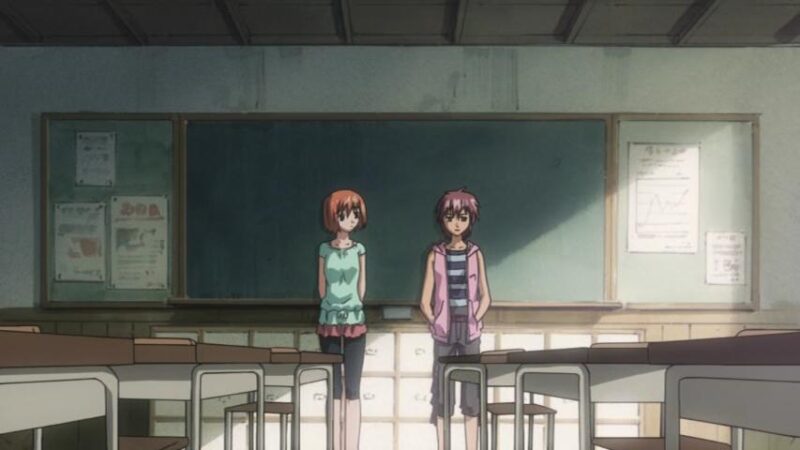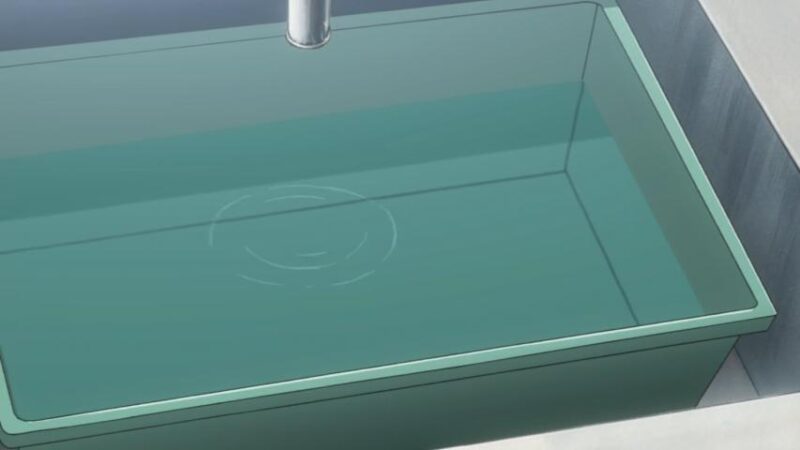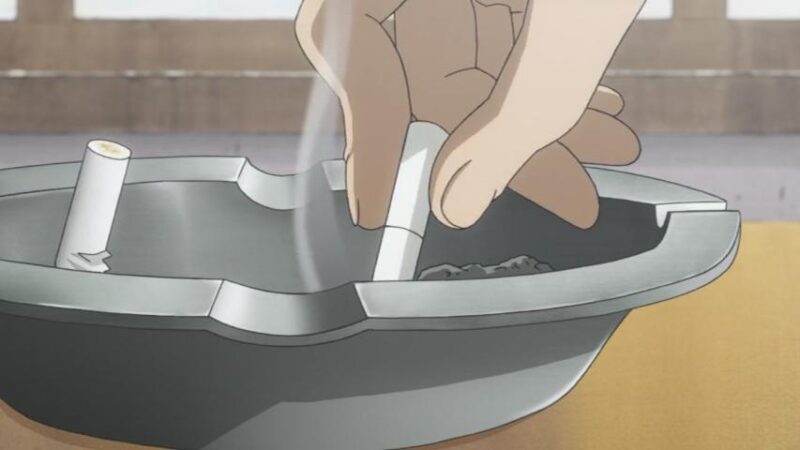I just published my review of Living for the Day After Tomorrow, one of my favorite TV anime series from the 2001-2010 decade. Reviewing the show reminded me of how I had watched it in the first place. Below, I share my memories of the former Anime Network on Demand cable anime streaming service and how, with the help of the Internet Archive’s Wayback Machine, I was able to pin down precisely when I began watching Living for the Day After Tomorrow.
Living for the Day After Tomorrow first aired on Japanese TV as Asatte no Houkou in the winter 2006 anime season. It was officially licensed for release in North America in early 2009.
I had cable television from 2001 to 2014. My cable provider was Time Warner Cable, which later merged into Spectrum (Spectrum is still my internet service provider, but I no longer have cable). It still appears to exist in a diminished form.
I did not start regularly watching and following new anime until late 2008/early 2009. Prior to that, I had seen a few series on Cartoon Network’s Adult Swim, but I was not much of an anime expert. Officially licensed streaming anime became more prominent in the 2010s, eventually reaching the point where most new series stream on various services as simulcasts. I enjoyed several shows on Adult Swim, most notably FLCL, which still stands as my all-time favorite anime if we count movies and original video animation, but I dare say that games, most notably Persona 3 FES and Persona 4, had as much of an influence on my interest in anime as the shows I watched on Adult Swim.
One day between June 17 and June 24, 2010, I was scrolling through hundreds of cable TV channels. I do not recall why I was scrolling – I may have been looking for something, but it may just as well have been cable channel window shopping. Let us set aside for a moment how I pinned down the exact week of when I was idly studying cable TV channels more than 14 years ago. While scrolling, I happened across a channel with an interesting name: Anime Network on Demand. I had never heard of Anime Network and, while I had purchased a couple of pay per view boxing matches, I was not too familiar with the on demand concept either. Curious, I navigated to the channel. It had a list of anime episodes, presumably ready for streaming. I was initially unsure whether these shows were free (free as in already paid for as part of the cable package) or subject to additional charges. I quickly figured out that this on demand channel was, in fact, part of my cable package. It occurred to me not too long after that it had been there for a couple of years without my noticing.
Now let us get to how I know exactly when I made this discovery. Regular readers may recall that I was able to combine my memories with the dates of games in the 2004 NBA Finals to determine that I most likely had received Harvest Moom: A Wonderful Life for Nintendo GameCube on June 11, 2004 – almost exactly six years prior to my finding Anime Network on Demand. The 2010 NBA Finals, which ended in a close seven-game defeat for my favored Boston Celtics, concluded depressingly on June 17, 2004 (see my 2010 NBA Finals MVP hot take). But that is a non-sequitur here: The 2010 NBA Finals have nothing to do with why I remember when I found Anime Network on Demand, although they do allow me to almost certainly rule out June 17, 2010, as the date on which I made the discovery.
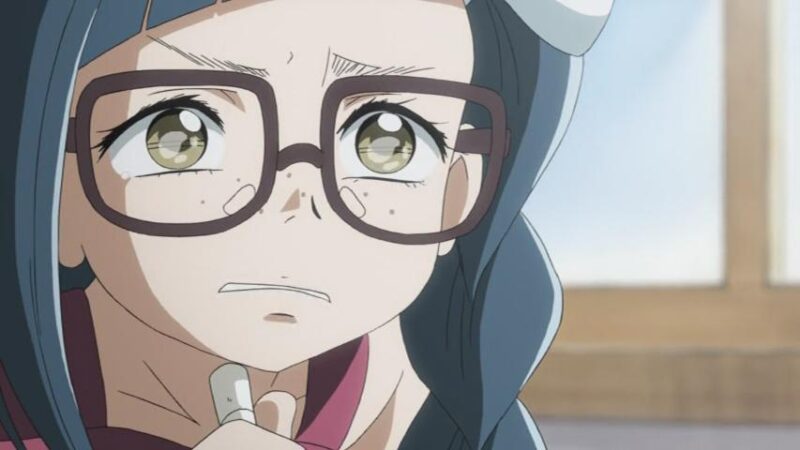
In order to understand the keys to my recollection, allow me to first introduce how Anime Network on Demand worked at the time I was following it. Note for the record that if you too have some past familiarity with it, I only know how it worked on Time Warner Cable – although I believe that it worked the same across providers, just with different selections of shows available at a given time.
Anime Network on Demand had a selection of shows available for streaming at any given point. For example, one week after I first stumbled upon the service, episodes from 17 shows were added. However, it did not work the same as streaming services such as Crunchyroll or Anime Network’s successor, HiDive (successor in the sense that it acquired the rights to most of Anime Network’s catalogue). Anime Network on Demand added one new episode for each of its streaming shows each week (as a general rule – there were cases where it added two for one reason or another). It only kept the four most-recently added episodes available for streaming at any given time. Episodes were added and removed on Thursdays. This is the key to why I was able to figure out when I found the service.
Anime Network posted its on demand schedule of shows online. I searched through Wayback Machine captures of the Time Warner Cable schedule. I found precisely what I was looking for in a capture taken on July 17, 2010. This capture shows episodes that were added to the service beginning on June 24, 2010.
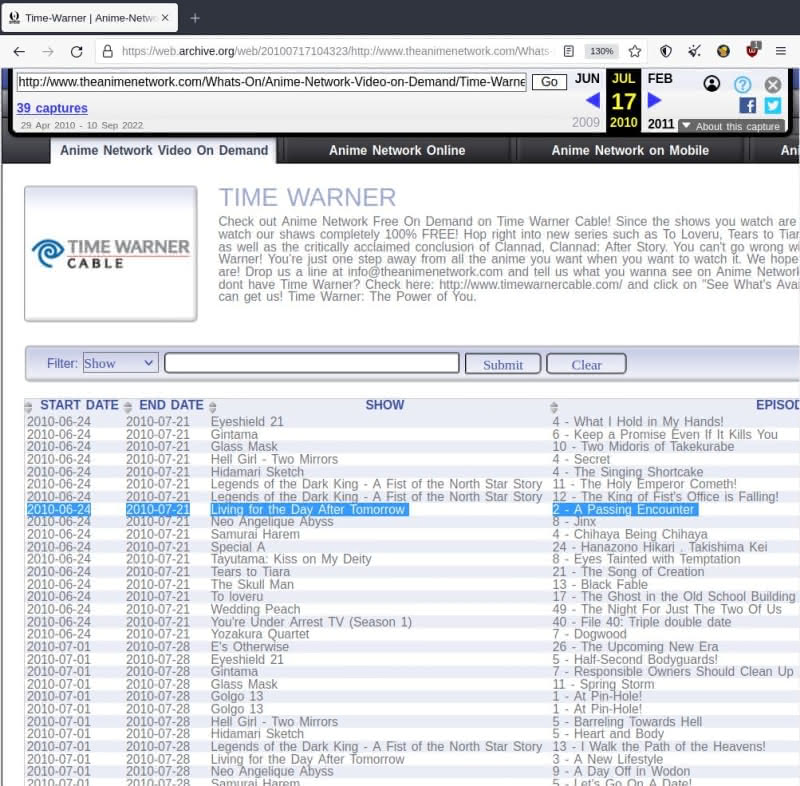
I distinctly remember two things about when I first found Anime Network on Demand: There was one episode of Living for the Day After Tomorrow and at least two episodes of Hidamari Sketch posted. For our purposes, on the point about Living for the Day After Tomorrow is essential, although Hidamari Sketch did help ensure that I had pinned down the correct date. In Wayback Machine capture, you will see that episode 2 of Living for the Day After Tomorrow was added on June 24, 2010, and episode 3 was added one week later on July 1. We can use inductive reasoning based on how Anime Network on Demand worked to understand how episodes of Living for the Day After Tomorrow were added and removed:
- June 17: Episode 1 added
- June 24: Episode 2 added
- July 1: Episode 3 added
- July 8: Episode 4 added
- July 9: Episode 5 added; Episode 1 removed
- July 16: Episode 6 added; Episode 2 removed
- So on and so forth…
Because I specifically remember that only one episode of Living for the Day After Tomorrow was posted, I know that I started watching Anime Network on Demand between June 17 and June 24 (I would guess June 18-20 but I cannot narrow it down to the specific day of the week). That Hidamari Sketch would have had three episodes up at the time is consistent with my recollection.
There is one final question I must answer before confirming that I found the precise date I started watching Anime Network on Demand. Anime Network cycled through shows, and a cursory look at the extant Wayback Machine captures from 2010-2014 (the period I was following it to some extent or another) establishes that some shows were available for streaming on multiple occasions. Nevertheless, I am certain in my discovery for two reasons. Firstly, if I had to guess when I found Anime Network on Demand without this supporting evidence, I would have guessed either 2009 or 2010. Secondly, to the best of my recollection, Living for the Day After Tomorrow never reappeared on the service after its initial on demand run (at least while I was following it). My recollection is consistent with my not finding Living for the Day After Tomorrow in any of the other Wayback Machine captures of the old Anime Network on Demand Time Warner schedules through 2014.
I have good memories of Anime Network on Demand. I was in college when I first discovered it and for most of the time I was watching weekly shows on the service. While I was on summer break when I found Anime Network on Demand, its Thursday episode posting schedule worked out well for me over the next couple of years because I maintained a Monday-Thursday class schedule and my Thursday classes ended just after noon or after 3, depending on the semester. I would return home on Thursday, tired from classes, and watch the newly added episodes of the shows I was following. I specifically remember following the remarkably mediocre Maid Sama for the better part of two semesters.
Because most (not all, but most) of my early anime-viewing experience came from Adult Swim, the early shows I saw tended to be the sorts of shows picked by an American cartoon channel to appeal to general audiences. Anime Network on Demand was one of my first introductions to different kinds of anime. Living for the Day After Tomorrow is a very pretty, slow-paced, character-driven story, and Hidamari Sketch is a slice of life about four girls living in a small apartment complex while attending art school. Both were certainly different than the other shows I saw on Adult Swim and a few other series I had watched in the 2008-early 2010 area (one non-Adult Swim show I watched around that time was School Rumble).
I watched many shows on Anime Network on Demand, and it proved to be a valuable resource for my getting up to speed on anime. Many, if not most of the shows I watched there, I only watched because they were on Anime Network on Demand. The quality was certainly variable. As it would turn out, Living for the Day After Tomorrow was clearly and beyond doubt the best subtitled (see next paragraph) anime I watched on the service. The next best series, as it would turn out, was Hidamari Sketch, albeit I preferred the second and third seasons (third was the best) to the first and fourth. To the best of my recollection, I saw all four Hidamari Sketch seasons on Anime Network on Demand.
Before noting some other series I saw on the service, I will submit that I never watched a majority of available shows. The quality was variable, and for every great unsung piece like Living for the Day After Tomorrow, there was a good amount of low-quality ecchi shows and generally forgettable mediocrities. Moreover, I tended to avoid (and still avoid, notwithstanding my Adult Swim anime beginnings) dubs, so there were a few well-regarded shows on Anime Network on Demand that I skipped because the service streamed the dubbed version instead of Japanese audio with subtitles. There is one show my memory is hazy on. Ef: A Tale of Memories is one of my favorite shows and I know a dubbed version of it was available on Anime Network on Demand. I have watched both Memories and it second season, Ef: A Tale of Melodies subtitled. I cannot remember whether I originally watched dubbed versions on Anime Network on Demand or if I waited for the subtitled version. In any event, Ef: A Tale of Memories – with Japanese audio and subtitles, is at least on par with Living for the Day After Tomorrow in terms of overall quality. (Ef: A Tale of Memories, and its second season, Ef: A Tale of Melodies, are to overbearing melodrama what Living for the Day After Tomorrow is to TV depictions of summer. I covered both Ef’s briefly in an article on good depressing anime.)
Another notable show I watched on Anime Network on Demand was Kimikiss: Pure Rouge, which I induced from the Wayback Machine I followed in 2011. I had middling expectations for Kimikiss because of its name (not the greatest) and its fluffy high school setting (the previous high school romances I had seen on Anime Network on Demand, see e.g., Maid Sama, were good at going nowhere fast). The first half of Kimikiss did not convince me that my first impression was wrong, but the story begins moving in what turns out to be a surprisingly strong second half. In addition to thinking Kimikiss is a good show as a general matter, it influenced my thinking on adapting visual novels – specifically my learning later that it dealt with a game which has a single male protagonist and five potential girlfriends by splitting the single protagonist into two making the two male protagonists the centers of two of three love triangles. I already had included an article about Kimikiss on my near future to-do list.
My 2022 anime of the year ranking featured in sixth place an idol show (of sorts) where two of the three main characters were male idols. To be sure, that was somewhat of a protest of what I viewed as the lack of good anime in 2022, but that is neither here nor there. In my commentary on the show, I wrote that “I have no interest in teen idols, and I can probably count on one hand every idol anime that I have seen (I am not sure to what extent Zombie Land Saga and Idolmaster: Xenoglossia should count, however).” I watched IDOLM@STER: Xenoglossia on Anime Network on Demand. It took girl idols from the Idolmaster series (note the only Idolmaster I have seen is, in fact, Xenoglossia) and had them pilot giant robots instead of singing their hearts out. Strange – but I recall liking it well enough.
Shigofumi: Letters from the Departed was, to the best of my recollection, a show which appeared not too long after I started following Anime Network on Demand. It is a difficult show to evaluate in that it has a few outstanding, self-contained, individual episodes, but its overarching plot is weirdly executed and ultimately self-defeating. However, I note it here not for its odd mix of strengths and weaknesses, but instead because of its ending song, Chain by Snow, which remains one of my favorite anime opening or ending songs (sadly it was not accompanied by much in the way of animation, as you can see on YouTube).
Finally, we have La Corda d’Oro: Primo Passo. I am not singling this one out for mention because it is the next best anime I saw on Anime Network on Demand – there were numerous series I am not mentioning that were better. It was a generic otome anime, featuring an ordinary female protagonist who, despite having no musical knowledge or experience, comes into possession of a magical violin, which brings her to the attention of the music department of her high school, which includes an assortment of pretty boy musical prodigies who run the gamut of potential boyfriend archetypes in those kinds of Japanese media. Despite its generic nature, it was pleasant enough and less annoying than some shows that were technically better. I cite it here because I still think of it when thinking about the broader genre – it was one show I had in mind when I was writing my article on trends in female protagonists in romance anime, manga, and games aimed at girls and women.
By the time I dropped cable in 2014, Anime Network on Demand played less of a role in my anime viewing than it had previously. I recall I did not watch as many series in 2014-2016 as I had in some previous years (I caught up on many after the fact). By that time there were many more shows available as simulcasts on Crunchyroll and other services than there had been (or that I had been aware of) in summer 2010. Moreover, there were an increasing number of shows that I had either already watched on Anime Network on Demand or that I had seen as simulcasts in 2011-2013. I obviously lost track of the service after I dropped cable, but I still remember it fondly. It was fun to recall some of the generally forgettable shows I watched on it as I scrolled through Wayback Machine captures of its schedule. As I noted earlier in the article, the HiDive subscription anime streaming service is the successor to Anime Network and many, if not most of the shows on the old Anime Network on Demand schedules, are available on HiDive.
